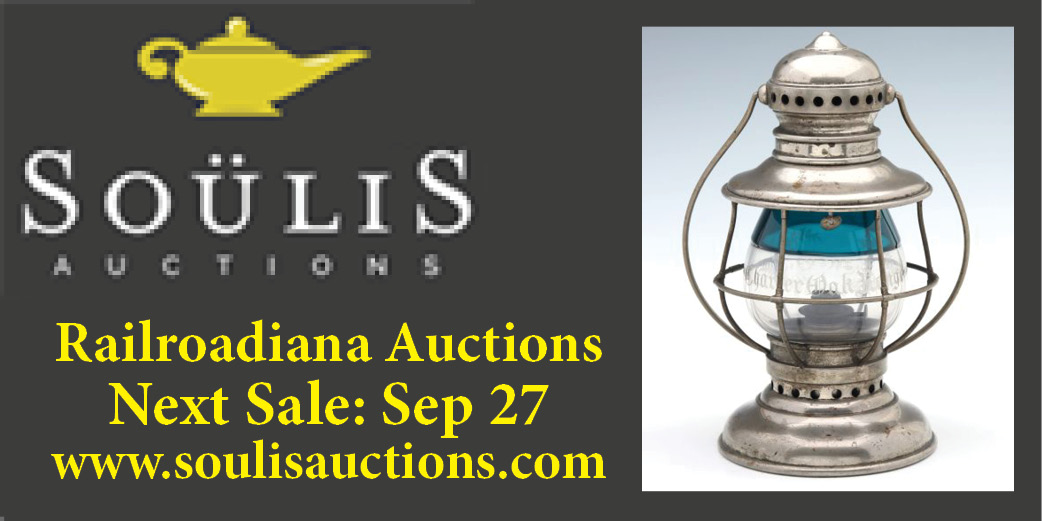


About Railroadiana: A Glossary Railroad artifacts are very diverse. They range from a little piece of cardstock called a "pass" to a several hundred pound locomotive bell or even a complete locomotive. To people just learning about railroadiana, the terms used by collectors, dealers, and reference books can be confusing and unfamiliar. Grouping things together, here are definitions of some of the more common types of railroad collectables. Photos of railroadiana from our members collections are shown at the end of the glossary, or click here to go to them. Dining Car Equipment Dining Car China - China made specifically
for use in railroad dining cars or in the business cars used by railroad
executives. Engine Hardware Builders Plates - Cast or stamped
plates attached to locomotives and some rolling stock with basic information
about that locomotive or car. Paper Items Annual Passes - Card stock passes generally good for one year of free travel over a particular railroad. Baggage checks (cardstock) - Multi-part cardboard forms used to track checked baggage. Baggage stickers - Advertising stickers to be placed on baggage - also used to aid in quick visibility of baggage destination e.g., Grand Canyon. Broadsides - Trip flyers or timetables made to be mounted in frames at depots or to be readily displayed to promote a trip or event. Employee timetables - Timetables issued for employees for their use in keeping trains running safely and on time. Photographs - In terms of railroadiana. we are talking here about photographs distributed by equipment manufacturers or railroads to promote their latest products or tourist destinations. Playing cards - Decks of cards sold or distributed on board trains and which carried advertising for the railroad on the cards. Post cards - In the period from around the turn of the century to the 1950s, thousands of different picture postcards were issued by railroads and independent businesses showing railroad depots, locations along the railroad, or railroad equipment. Posters - Posters originally served as advertising for depots, ticket offices and travel agencies. Public timetables - A timetable distributed
by a railroad or other interested party for the use of the traveling public. Tickets - Paperwork purchased by a customer to allow that customer to occupy space on a train or to travel on a train. Train orders - Also called "flimsies", these were delivered to train crews along their route giving them instructions on how to proceed. Trip Passes - Similar in nature to an annual pass except they were issued for a single trip. Station Equipment Railroad Lighting Trainmen's Lanterns - Lanterns used by railroad employees for signaling and for lighting. Car Lights - Simple to very ornate lamps used to illuminate the interior of passenger cars or head and equipment. Classification Lamps - Lamps used
on the front of steam locomotives to provide information about the train
to other railroad employees. Signal Lamps - a generic term used
to identify marker lamps, switch lamps, classification lamps, semaphore
lamps, train order lamps, etc. Switch Lamps - These lamps were used at switches to indicate the position of the switch. Train Order Lamps - Used with a train order signal to let crews know whether there were train orders waiting for them. Rolling Stock Items Drumhead - A large illuminated promotional sign carried on the back of a railroad's premier passenger trains. Passenger Car Linens - Head rest covers, sheets, pillowcases, etc, used on passenger trains. Step Boxes - Wood or metal boxes used to make entrance to passenger cars more convenient from ground level. Railway Post Office Equipment - Postal cancellation devices, postal car lighting devices, etc. used on board while sorting and canceling mail. Trolley Roll Signs - Signs used on trolley and interurban cars to show the route and/or destination of a particular car. These signs were generally on cloth rolls which could be cranked along until the appropriate sign was found. Trolley Fareboxes - Devices used to
accumulate fares collected en route. Uniform Items Uniform - A suit of clothes used by
a railroad employee while on duty. This would consist of different items
depending on the employee's job. For example, a conductor's uniform would
consist of a coat, jacket, and vest, a hat, an overcoat, and accessory
items such as a watch, cap badge, etc. Breast Badge - Typically worn by railroad police, dining car waiters
, etc. who did not wear uniform caps. |
Photos from Member's Collections
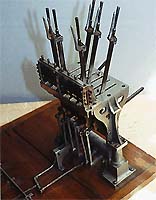 |
 |
Above
Left: A
patent model of a 6-lever interlocking machine, constructed of steel
and nickel-plated brass and mounted on a wooden base. It is
interlocked with a miniature track and switch. Collection
of Frank Schwartz. Above
Right: A beautiful brass locomotive
bell and cradle, believed to be off a Pennsylvania railroad steam
locomotive and made by the PRR's Altoona shops . Collection
of Bill Turner. |
|
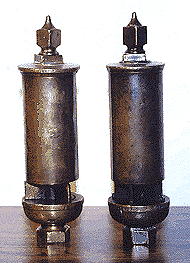 |
 |
Above
Left: Two
air whistles -- on the left a brass three-chime whistle; on the
right a bronze four-chime whistle. Both were typically used
on electric suburban, interurban, and rapid transit cars around
the turn of the century. Collection of Phil O'Keefe. Above Right:
A cast paperweight marked for the Duluth &
Iron Range Railroad. Collection of Richard Zinn. |
|
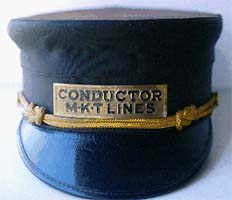 |
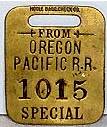 |
| Above Left: A conductor's hat from the Missour-Kansas-Texas Railroad. Collection of Don R. Mace. Above Right: A brass baggage check by the Hoole Manufacturing Co. marked for the Oregon Pacific Railroad. Collection of the late Chuck Richardson. | |
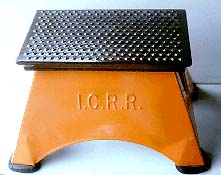 |
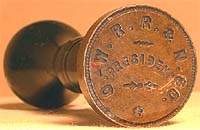 |
| Above Left: A stepstool marked "I.C.R.R." for the Illinois Central Railroad. Stools such as these were (and are) placed at entrances to passenger cars during boarding and unboarding. Collection of Don R. Mace. Above Right: A wax sealer used by the President's Office of the Oregon, Washington Railroad & Navigation Company. The image has been reversed for readability. Collection of Bill Kajdzik. | |
The Following Links Are Paid Advertisements
|
Design Copyright 2006 Key, Lock & Lantern Incorporated
All Copyrights Apply |
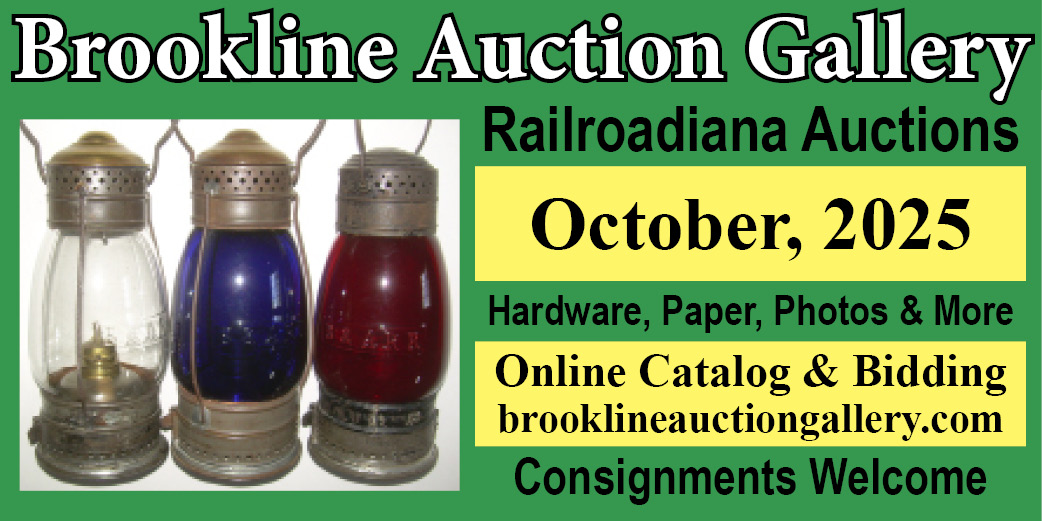 |
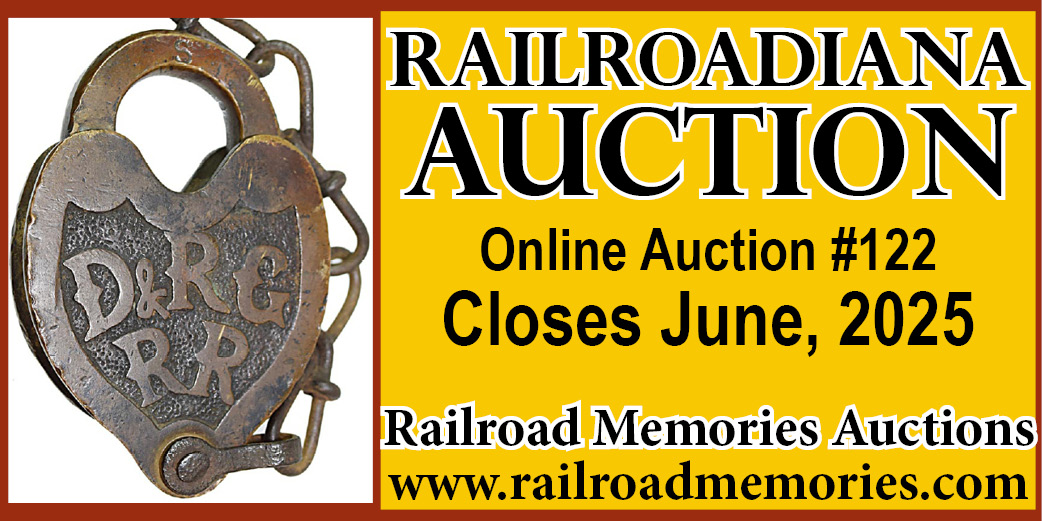 |
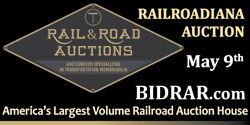 |
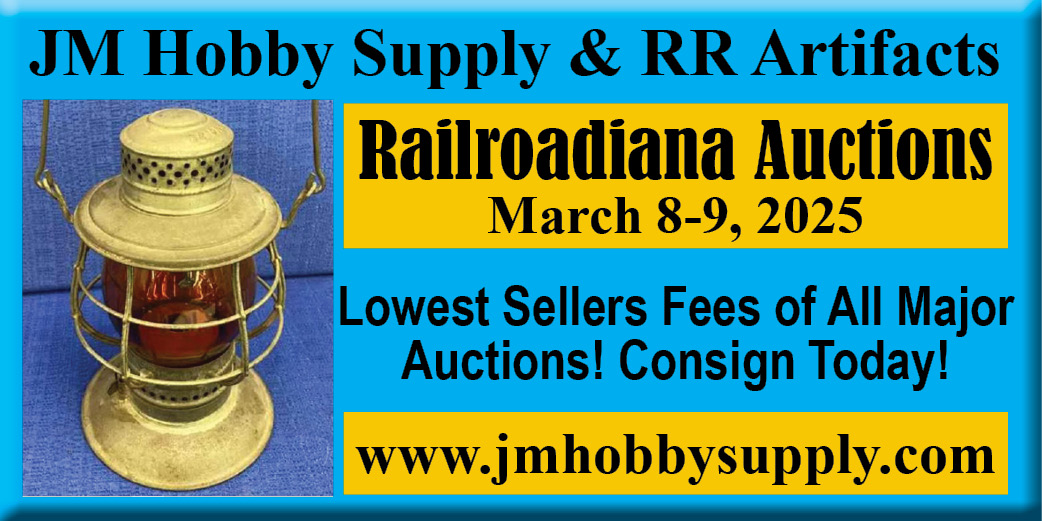 |
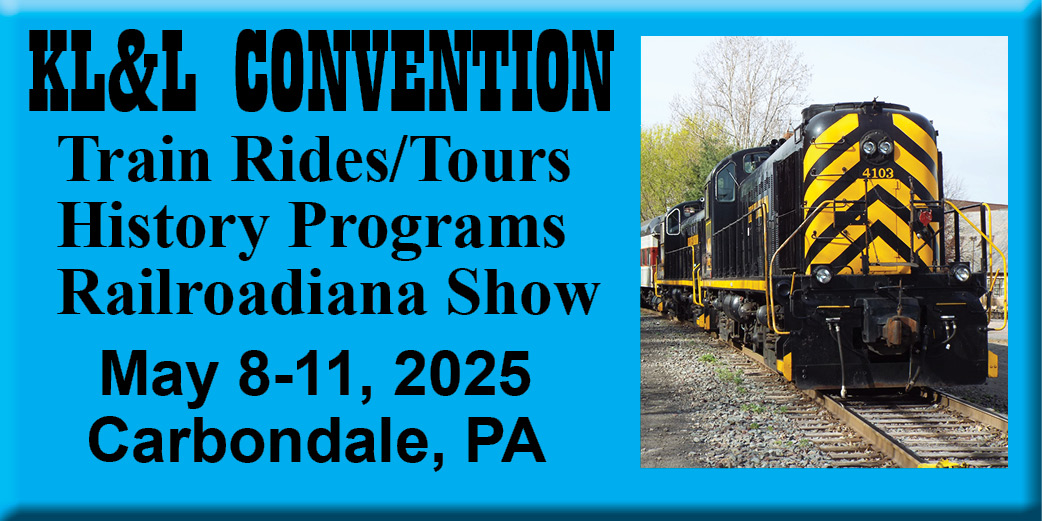 |
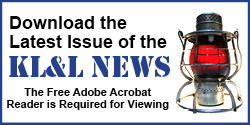 |
 |
 |
 |
 |
 |
 |
 |
 |
 |
 |
 |
 |
 |
 |
 |
 |
 |
 |




